Competition in the e-commerce sphere is fierce. How can you make sure that your business, services and products are easily found online and not lost in the overwhelming amount of commerce online? In addition to an outstanding e-commerce site, you must consider marketing as a means of attracting new clients and retaining current ones, but marketing for an online business online isn’t quite the same as general marketing. There are four main components to an outstanding e-commerce site which we overviewed in our last blog.
One of the key pillars of e-commerce success is digital marketing. The digital marketing component of an e-commerce site are the online methods used to directly or indirectly promote products, examples include banners, online ads, search engine optimization, social media, blogs, analytics and data management, and much more. Each method shares the common goal of promoting your products online and making conversions happen.
A thoughtful digital marketing strategy and a high-quality e-commerce site go hand in hand. They are not mutually exclusive. Now more than ever, digital marketing has to be calculated, smart and targeted to be effective. The more specific audience you can guide to your site, the more likely you are to be making sales.
Understand Your Clients
Who are your customers? While you might have a certain targeted audience in mind, your best tool for learning who your audience actually is will be analytics. Google Analytics, for example, helps you learn where your customers are, how long they stay when visiting your site, whether they make a purchase or not, where in the world they are, and much more. This way, if your actual clients are different from your target audience, you’ll know and you can fine-tune your marketing based on what you learn. How you use this data is very important to constantly optimize your e-commerce site.
When a client or potential client visits your site, ask for their email address so that you can continue the burgeoning relationship with them. With an ROI of $38 for each $1 spent, according to an email marketing survey, email is a powerful tool in your digital marketing strategy. Further backing this, an IBM 2018 Marketing Benchmark Report found that “Overall, more than 6 out of 10 (62.4%) emails tracked were classified as Read, followed by Skimmed (20.5%) and Glanced (17.1%).” Email is still a good way to reach your target audience, even if numbers have dropped slightly from previous years.
Emails can be used in a variety of ways to interact with your clients, aside from just advertising products or promoting your e-commerce website. Your site might offer to email receipts or send reminders if clients leave your site with items still in their cart, these reminder emails have one of the highest conversion rates among emails. Remarkety found in a study that e-commerce reminder emails had a conversion rate of 5%.
Be Responsive
Making sure that your site functions just as well on a mobile device or a tablet as it does on a computer screen should be part of your digital marketing strategy. Design breakpoint specific content that optimizes the user’s experience and ensures a better chance at conversion on multiple devices. You want to make sure clients have a positive experience no matter the device they’re using to visit your site. A general rule is, tell bigger stories on bigger screens, cut to the chase on mobile devices.
Consider Live Chat
Live chat is a great way to provide immediate, cost-effective customer service round the clock using “smart” machines, who through algorithms, can communicate easily with clients, helping to resolve simple issues. While not a replacement for customer support, live chat offers a beneficial touch. This industry is poised to grow rapidly and clients will come to expect quick answers and contact through live chat. According to the American Marketing Association, live chat is “projected to reach $2.1 billion by 2024, growing at a 29.7% rate from 2018 to 2024.”
Get Creative With Your Content
Good content will do multiple jobs for your business. It will help with search engine optimization (SEO). In addition, well-curated content in and of itself can drive visitors to your site. Be sure to use many formats in the creation of your site’s content. You don’t have to do a blog. The options are endless: articles, podcasts, videos, tutorials, interviews, screenshots, audio recordings, infographics, free downloadable templates, e-books and more. Consider having expert guest interviews, guest authors, and so forth as this will also enhance your reach. Once you’ve created intelligent content, you’ll want to share it on your social media channels. This allows you to promote your e-commerce site by offering followers information on topics of interest for free. Your content may easily be shared and your visibility raised. All this translates into brand recognition, prestige and conversions down the line.
Individualize
Nobody wants to be just another number. Each of your online customers or visitors is a unique individual who will interact with your site slightly differently. Use your analytical data here to personalize a client’s experience on your e-commerce site. Customize a client’s experience by showing him or her products based on past visits or unpurchased items in a cart. A client is more likely to respond to a tailored selection of items than an overwhelming mass amount. A customized site can also up-sell or suggest items that are either similar to, or that complement products a user has clicked on.
Last Words
The key take away with digital marketing is to leverage technology to know your audience and market to them; understand their differences and individual needs. You’ll find greater conversions if you have a multi-faceted strategy that speaks to your clients as individuals.




